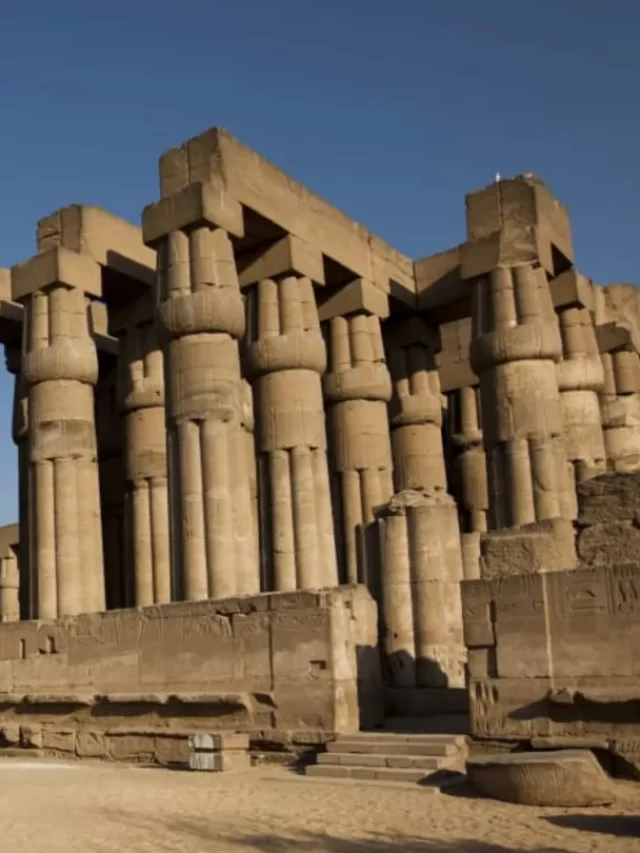Architecture has always fascinated the masses. Whether it is the deconstructivist architecture of Frank Gehry or simply the architecture of the biggest building in Mumbai, these marvels assuredly stupefied the audiences. But when does a building stop being mere brick-and-mortar and become a structure of national importance? It depends on how well the building amalgamates vernacular architecture, concepts, functionality, and aesthetics. Hence, school architecture will always be different from restaurant architecture.
Oldest Temple in the World
If we were to talk about temple architecture, we would undoubtedly find diverse architectural styles depending on the religion and the geographical location. For example, when it comes to Dravidian temple architecture, one would find the extensive use of gopurams, vimanas, and mandaps. On the other hand, Greek temple architecture features oblong plans and columns. Today, we at AbirPothi bring you the 11 oldest temples in the world, chronicling the variety of architectural styles across ages and civilisations.
Stonehenge
Stonehenge is purportedly a site for many alien conspiracy theories. The architectural marvel is located on the British hills on the outskirts of Salisbury, South West England. It remains a popular tourist destination. It was recognized as a UNESCO World Heritage Site in 1986. It is a symbol of the wealth and power of the aristocrats and priests who were involved in its construction. It is thought that the monument was erected to honour earthly deities. Stonehenge is made up of earthworks encircling a circle of massive standing stones. Since the culture that built Stonehenge left no written records behind, the reason for its construction is still up for debate.
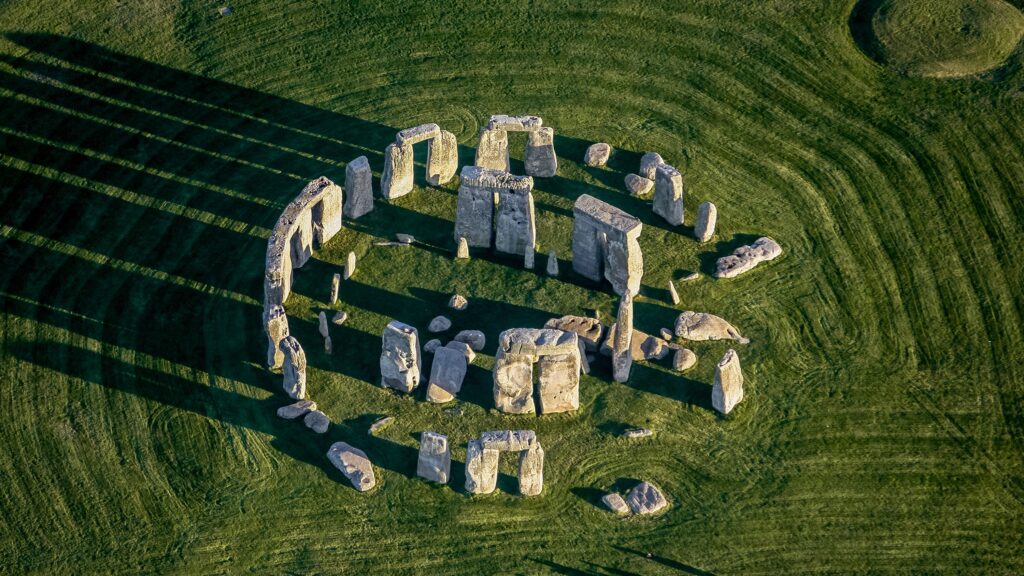
While the exact function of Stonehenge is unknown, many academics think it was a centre for religious or ceremonial activities. Stonehenge’s last known construction dates to approximately 1600 BC. However, evidence points to the iconic stone monument being built around 2500 BC. The enormous stones might have originated from a quarry on the Marlborough Downs, about 25 miles (40 km) north of Stonehenge. It is believed that it took over a millennium to construct and is actually in line with how the sun moves
Gobekli Tepe
Gobekli Tepe is the oldest temple in the world having been constructed between 9600 and 8200 BCE, during the Neolithic era. It is so old, that it predates the origination of agriculture, animal husbandry, pottery, writing, and even the wheel. It is thought that hunter-gatherers built this temple. It was named a UNESCO World Heritage Site in 2018. Gobekli Tepe is still being studied, generating different opinions. While some historians firmly believe that it is indeed a temple, some chalk the structure to be a mere houses.
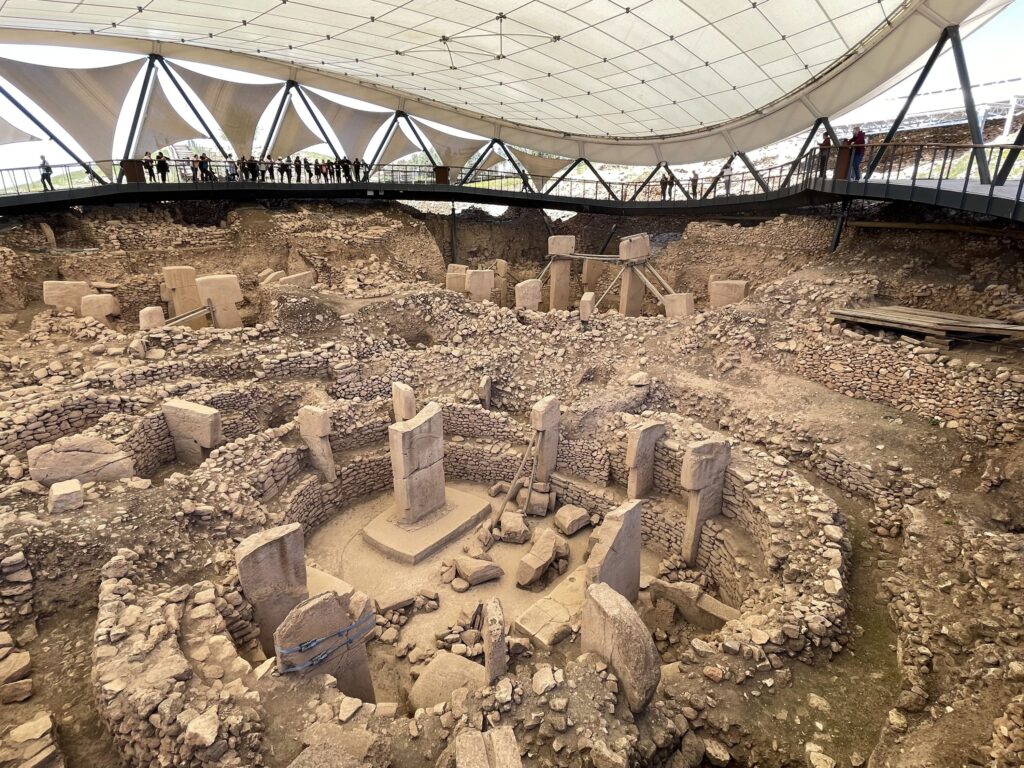
According to accounts, Gobekli Tepe was deliberately buried in 8000 BC, and German archaeologist Klaus Schmidt found it in 2008. The temple was constructed from a precise geometric plan. Up to eighteen feet (5.5 meters) tall, its T-shaped limestone monolithic pillars are adorned with carvings of wild animals, including snakes, foxes, gazelles, ducks, cranes, and boars. In addition, some carvings appear to depict a comet and human-like figures. These pillars shed light on Upper Mesopotamian culture. Round megalithic houses or temples make up the walls, which are composed of unworked dry stone.
Ziggurat of Ur
In ancient Mesopotamia, ziggurats served as traditional places of worship. They were made up of stepped pyramidal structures that symbolized the power of the city and its ruler. The term ‘ziggurat’ literally means, ‘to build high above.’ About thirty meters (100 feet) high, the Ziggurat of Ur (2100 BCE) is situated in Tell el-Muqayyar, Dhi Qar Province, Iraq. It was constructed by King Ur-Nammu in honour of Nanna (also known as Sin), the Sumerian moon goddess. The Sumerians thought that Nanna established a little shrine atop the ziggurat at Ur as his earthly residence.
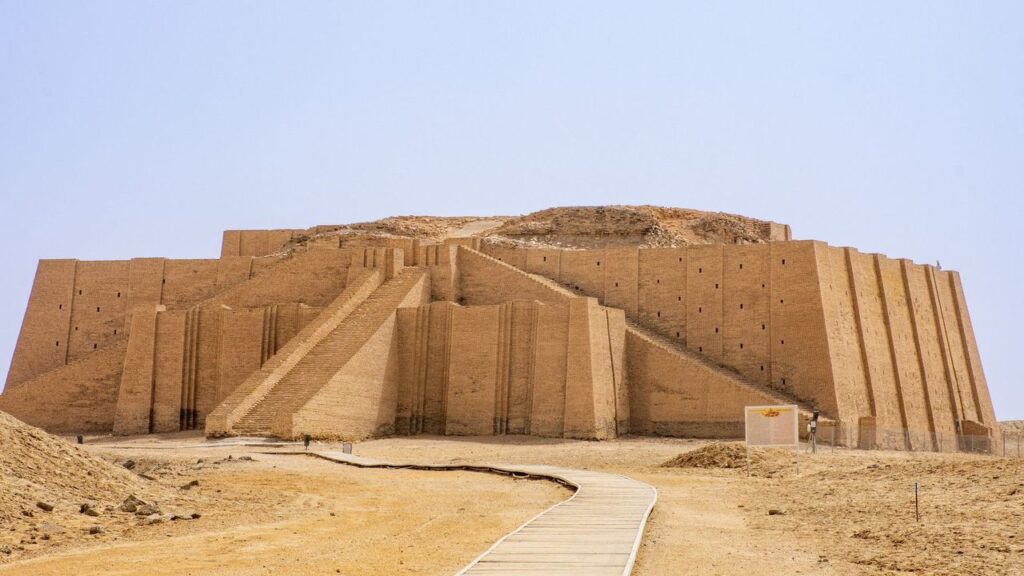
The Ziggurat of Ur is enormous, measuring 64m X 46m X 30m, but only the foundations remain, suggesting that it was once much taller. People could reach the summit via a system of ramps and carry out rituals. The temple sustained significant damage from the Gulf War and the Elamite Empire’s looting. It has since undergone multiple reconstructions to strengthen its structure. Saddam Hussein, the former president of Iraq, restored the site in the 1980s after it had been thoroughly excavated in the 1920s.
Luxor Temple
The Luxor Temple was constructed during the New Kingdom, in honour of the gods Amun, Mut, and Chons between 1400 and 1000 BC by the Egyptian pharaohs Amenhotep III and Ramses II. It is situated on the eastern bank of the Nile in the ancient city of Thebes. Although Luxor is no longer a functioning religious site, travellers still flock there for vacations.
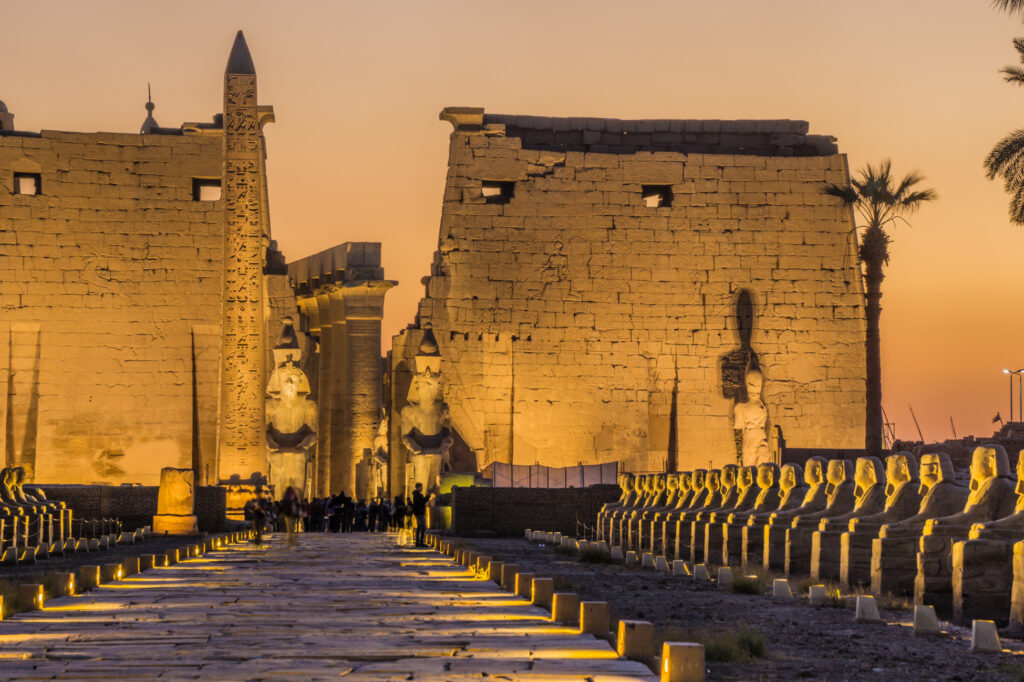
Luxor Temple was the focal point of Opet, the most significant festival in Thebes. The Avenue of the Sphinxes; a corridor bordered by more than 600 sphinxes, once connected the Luxor and Karnak temples, which are two miles apart. During the annual festivities, the statues of the three Gods were escorted from Karnak to the temple of Luxor through this corridor.
Mundeshwari Devi Temple
The Mundeshwari Devi Temple, constructed in 108 AD, is located in Kaimur, Bihar. It is the oldest Hindu Temple in the world and is still operational. Even though it’s small structurally, the amazing stone carvings make it a worthwhile visit. The temple was constructed with an octagonal plan. Through the carvings done on the temple walls, viewers can peek into the Gupta era life of 625 BC. It is arguably the oldest example of Nagara-style temple architecture and has been designated a protected monument since 1915.
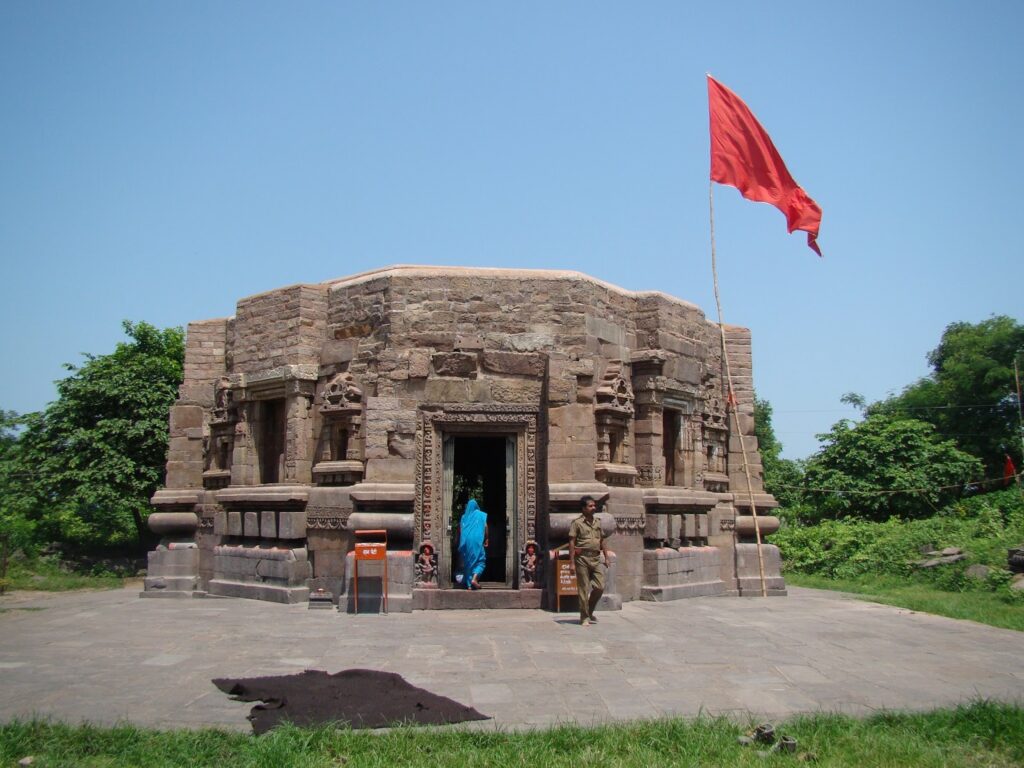
In the 7th century, the temple was a worshipping place of ‘Viniteswara,’ symbolized by the ‘Chatur Mukhalingam’ (Lingam with four faces). However, with the arrival of the aboriginal tribe, Cheros, ‘Mundeswari’ (Maheshmardini or Durga) took his place. The Mundeshwari Devi Temple is now devoted to Lord Shiva, a Hindu deity linked to fertility and medicine, as well as Shakti, a goddess of power.
Temple Of Hatshepsut
Hatshepsut was the second female pharaoh in Ancient Egypt. Her reign began in 1479 BC. She ordered the construction of the Temple of Hatshepsut, which was built between 1473 BC and 1458 BC in her honour and for worshipping the Sun God, Amon-Ra. In addition to other Egyptian deities, this temple complex served as a place of worship for Hathor, Amun, and Ra Horakhty. The funerary temple was excavated in front of a towering cliff in the Deir el-Bahari valley, on the west bank of the Nile. It is a protected World Heritage Site.
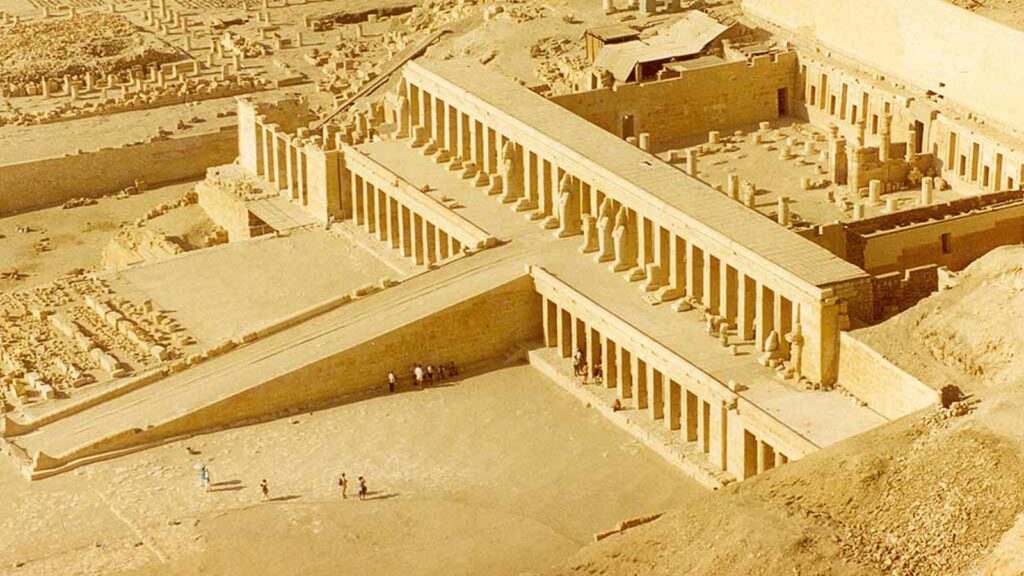
Senemut, Hatshepsut’s royal architect, designed and created the collonaded building. The Temple of Hatshepsut is composed of three layered terraces that rise to a height of 30 meters (97 feet) and are set into a cliff face that rises sharply above it. Long ramps, formerly encircled by gardens, connect these terraces. Scenes from an expedition Hatshepsut sent to Punt (present-day Eritrea), are depicted in the complex’s decorations.
Temple Of Apollo
The Temple of Apollo, built in 330 BC, is located in Delphi, Greece, perched on the southwest slopes of Mount Parnassus. Constructed by the Agethons, Xenodoros, and Spintharus, it was demolished by an earthquake and rebuilt in 373 BC. Situated above the Gulf of Corinth and northwest of Athens, it was declared a UNESCO World Heritage Site in 1987.
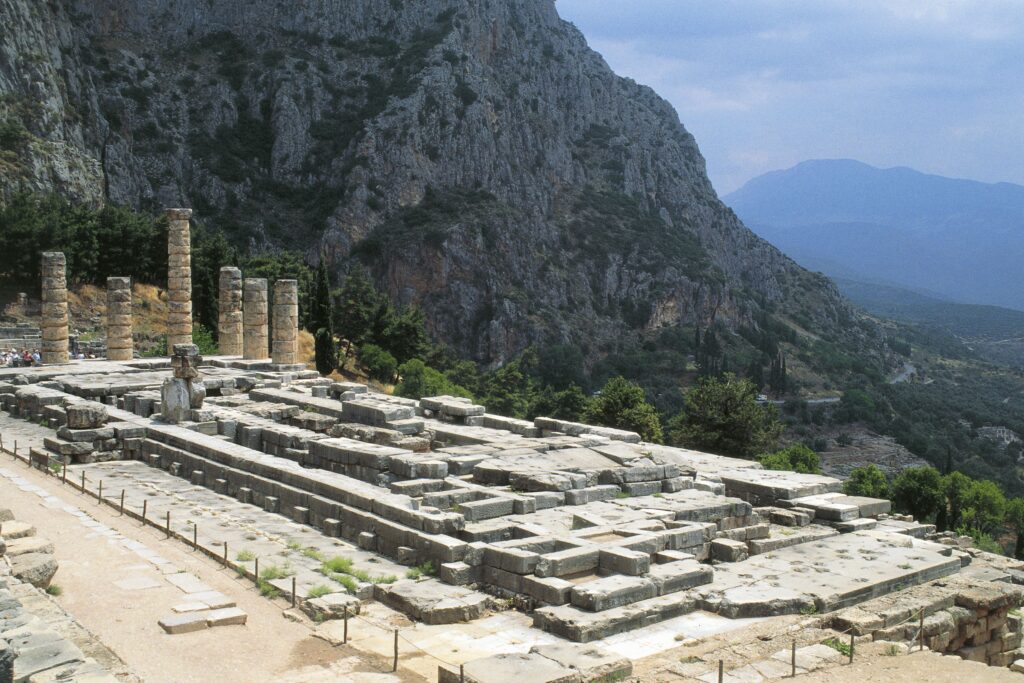
The majority of this temple’s interior has not yet been fully explored. Inside, the carving of four horses represents Apollo. The focal point of the Temple of Apollo is a location designated by a stone known as the omphalos (navel), which the Greeks believed to be the meeting point of two eagles that Zeus had freed and marked the centre of the world. Pythia, or the ‘oracle of Delphi’ made prophecies at the temple.
Ġgantija Temples
The Neolithic Ġgantija Temples on the island of Gozo, Malta are among the oldest free-standing stone structures and the second oldest temple in the world. According to UNESCO, it is part of the Megalithic Temples of Malta. They are the oldest megalithic structures, dating back more than a millennium before Egypt’s pyramids and Britain’s Stonehenge. They were built between 3,600 and 3,000 BC.
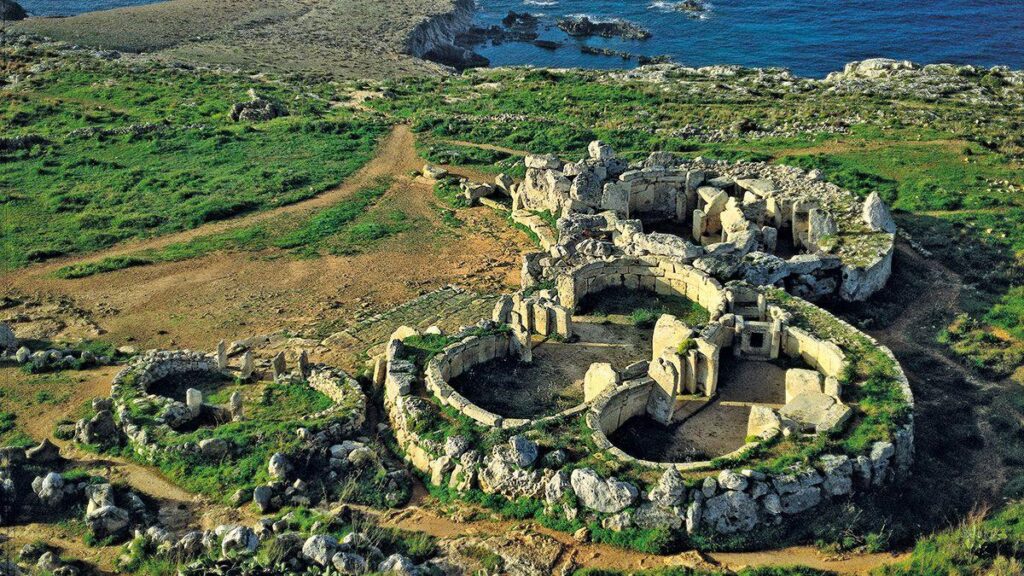
Because of the temples’ feminine-like shapes, along with statues and figurines suggest that it was once a centre of fertility worship circa 3600 BC, devoted to the Great Earth Mother, a fertility goddess. The Ġgantija Temples feature enormous limestone structures. It consists of two temples that were constructed next to each other and surrounded by a wall. The discovery of animal remains points to the possibility of animal sacrifice. The temples are said to have been constructed by a female giant called ‘Sunsuna,’ who had a child with a human.
Temple Of Amada
The Temple of Amada is one of the oldest temples in Nubia, Egypt, having been built in 1500 BCE by the Egyptian Pharaoh Thutmose III. The temple was devoted to Amun and Re-Horakhty. Later pharaohs added embellishments and made modifications. The walls feature scenes from the 19th dynasty of Egypt. The temple’s interior has some of the most exquisitely carved reliefs with vivid colours, despite its modest size and crumbling exterior.
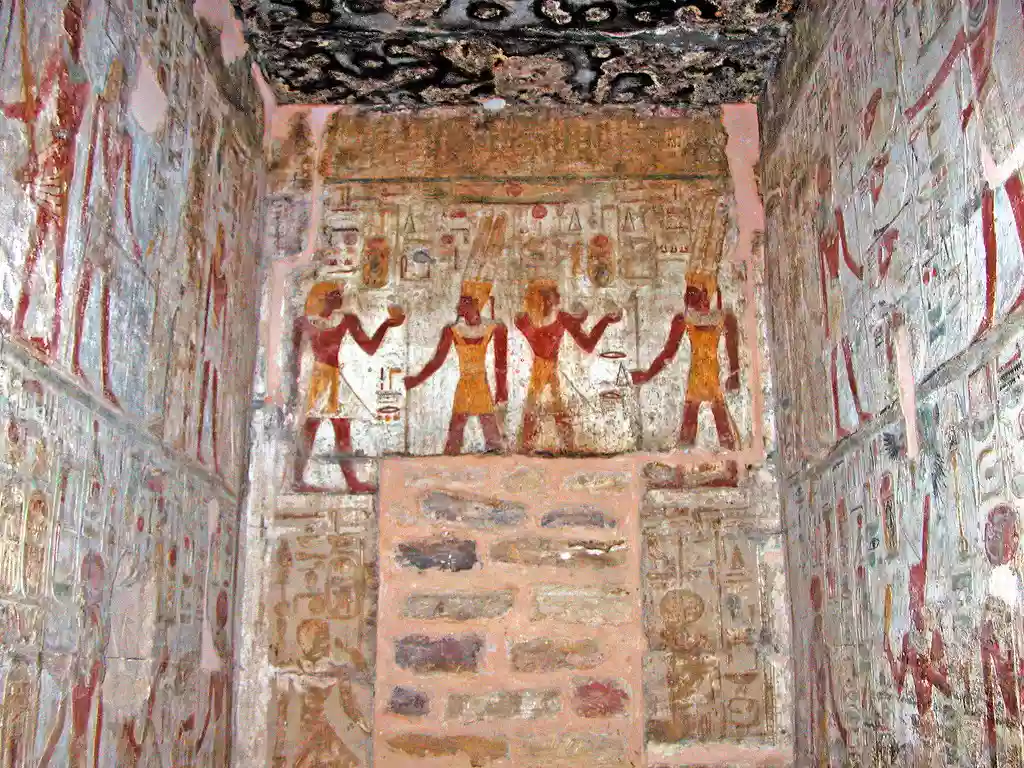
The interiors of the Temple of Amada showcase colourful reliefs depicting Egyptian gods embracing Thutmose III and Amenhotep II. When the Egyptian government decided to build the Aswan High Dam in the 1960s, the temple and several other ancient monuments were moved. It was relocated to a higher spot close to its original location so that it would be protected from rising water.
Tchogha Zanbil
King Untash-Napirisha established Tchogha Zanbil, Khuzestan province, southwest Iran, as the religious centre of Elam. It was constructed between 1275 and 1240 BCE. The salient feature of this temple is the massive ziggurat honouring the Elamite deities Napirisha and Inshushinak. An emblem of the customs and culture of ancient Iran, it was left unfinished because of the invasion by the Neo-Assyrian king Ashurbanipal.
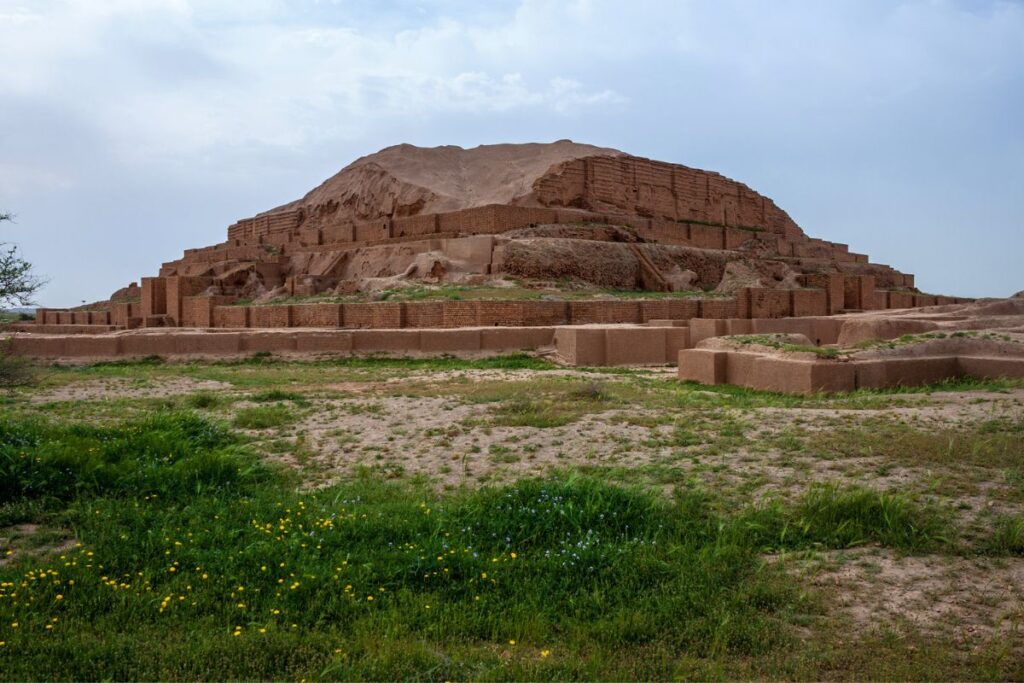
Temple Of Seti I
Seti I, the Egyptian pharaoh, and his son Ramses II constructed the Temple of Seti I. Situated near the west bank of the Nile River in Abydos, the construction was completed in 1297 BC. This temple is regarded as one of the most significant sites of Ancient Egypt, honouring numerous earth deities and houses the tomb of Seti I. Its L-shaped design was created using sandstone and limestone. The renowned ‘Abydos King List,’ a list of 76 kings, is reportedly located inside the temple. It also houses intricate raised reliefs.
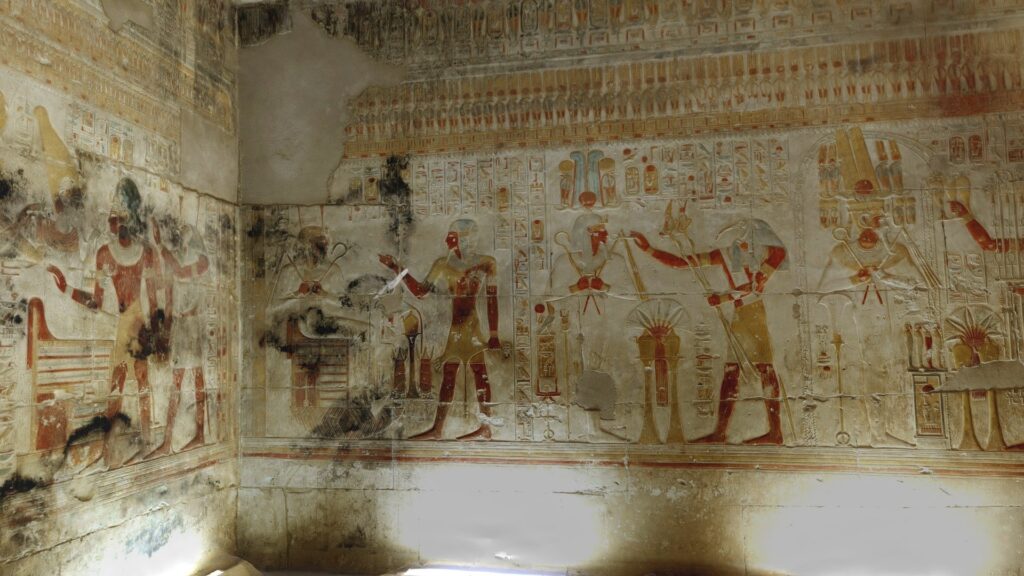
Image Courtesy – Mental Floss


